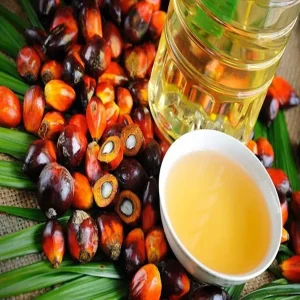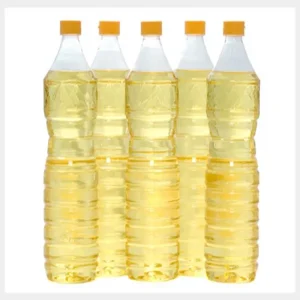- Rudolph-Ulrich-Str. 12 41751 Viersen Deutschland, Germany
- 24/7 Contact Support
Turmeric
Turmeric has been used for centuries in traditional Ayurvedic and Chinese medicine due to its numerous health benefits. It contains a compound called curcumin, which is responsible for its vibrant yellow color and potent antioxidant and anti-inflammatory properties. Curcumin has been studied extensively for its potential in treating various health conditions, including arthritis, heart disease, cancer, Alzheimer’s disease, and depression.
Description
Turmeric, scientifically known as Curcuma longa, is a perennial plant belonging to the ginger family, Zingiberaceae. It is native to the Indian subcontinent and Southeast Asia. The plant grows up to 1 meter in height and has oblong leaves and yellow flowers. However, it is the rhizomes of turmeric that are most valued for their culinary and medicinal properties.
Turmeric has been used for centuries in traditional Ayurvedic and Chinese medicine due to its numerous health benefits. It contains a compound called curcumin, which is responsible for its vibrant yellow color and potent antioxidant and anti-inflammatory properties. Curcumin has been studied extensively for its potential in treating various health conditions, including arthritis, heart disease, cancer, Alzheimer’s disease, and depression.
In the culinary world, turmeric is widely used as a spice and food coloring agent. It adds a warm, earthy flavor to dishes and is a key ingredient in many traditional Indian curries. Turmeric is also used in pickles, mustards, and even beverages like golden milk.





